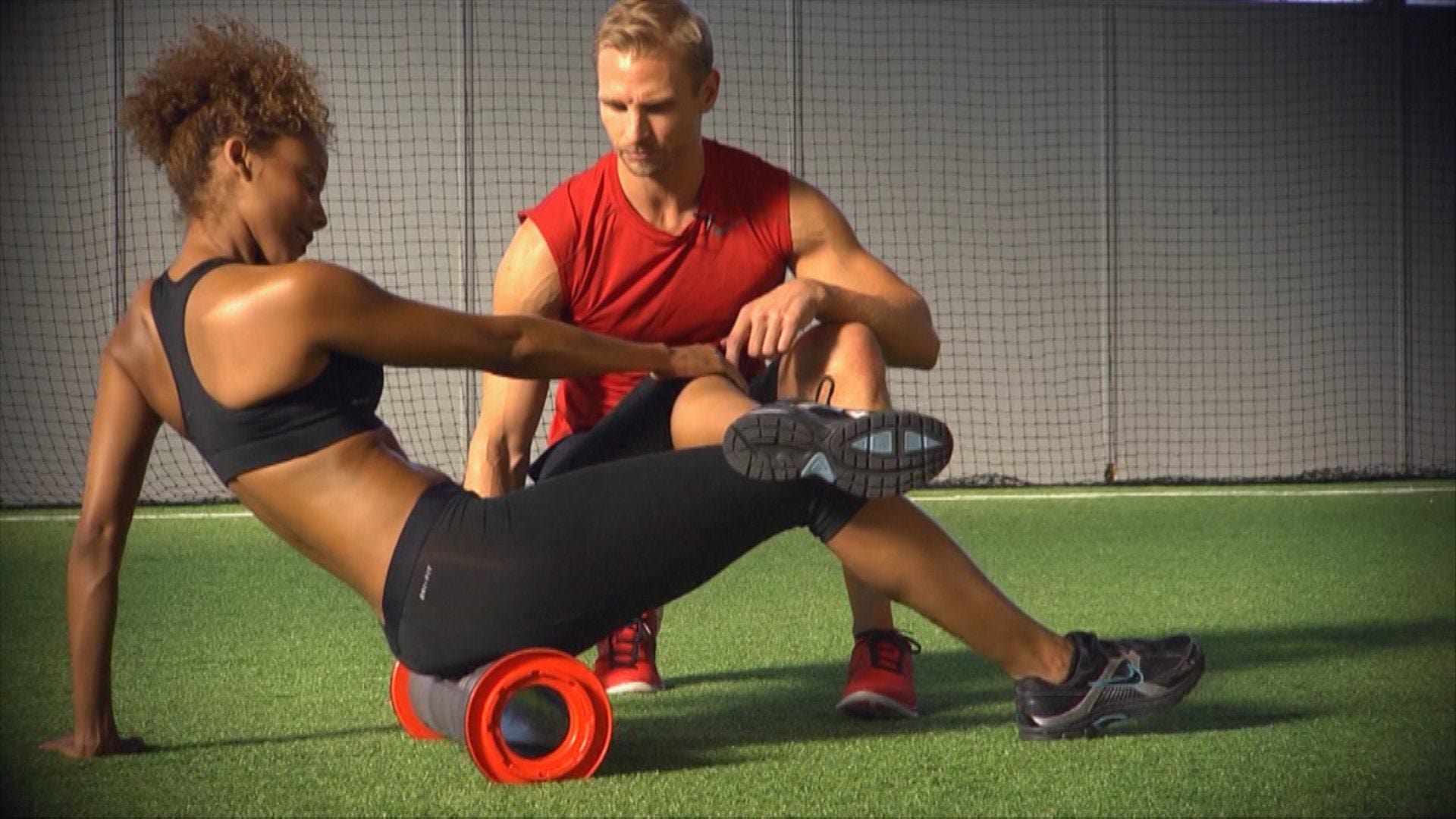Why you need to add this to your workout regime
Foam rolling has recently stepped out of the elite-sports-only field and become part of the laypersons fitness routine, making it more accessible. This is great news for everyone because foam rolling seriously kicks butt when it comes to taking care of your muscles in conjunction with an exercise regime.
So what’s it all about? How do you do it? And are you getting the most out of this nifty technique? FIT has the answers.
What exactly is is foam rolling?
In a nutshell, foam rolling is using a large, firm foam cylinder to apply pressure to specific points on your body and roll around on them to give them a deep massage. This brings oxygen and hydration to the targeted areas, aids in muscle recovery and assists in returning muscles and fascia to an elastic, healthy and performance-ready state.
How do you do it?
When using a foam roller you will be vertical on the floor with the roller between your body and the ground. If you’re never tried it or seen it before, get the help of a personal trainer and watch some clips on YouTube. Using the roller and your body weight, you apply moderate pressure to your targeted area, moving back and forth or up and down to “roll” it out.
It is common to use a mixture of targeting the specific areas that correspond to the muscle groups you are working out with your exercise movement, and also feeling intuitively as you go where is tight and needs some extra attention. Tight parts in the muscles are referred to as “trigger points” and require several seconds of pause to relax the muscle as much as possible.
Top tips to get the most out of your rolling:
- Don’t save it for only after your workout - Rolling improves circulation, which helps the body recover after a workout, but it is just as beneficial in preparing it for one. Try introducing rolling before your workout as well as afterwards for maximum benefit. As part of your warm-up, rolling increases blood flow breaks down knots to improve range of motion and releases muscle tightness, which can interfere with correct form if not addressed prior to exercising.
- Suck up the pain – Foam rolling will be painful at times, but sometimes it really is “no pain, no gain” and with foam rolling this is often the case. If you speed though movements when it hurts to avoid the pain, you’re wasting the opportunity to tend to the parts of the muscle that really need it. So bite the bullet and slow the movement right down on those trigger points. You’ll thank us later.
- Get multi-directional – Rather than just moving in and “up, down, up, down” motion, you need to incorporate side-to-side, cross friction and flexing / extending the joint being rolled. This is because some fascial attachments are not linear, but run from front to back or even in spirals, so a variety of movement patterns will cater to this anatomy.


